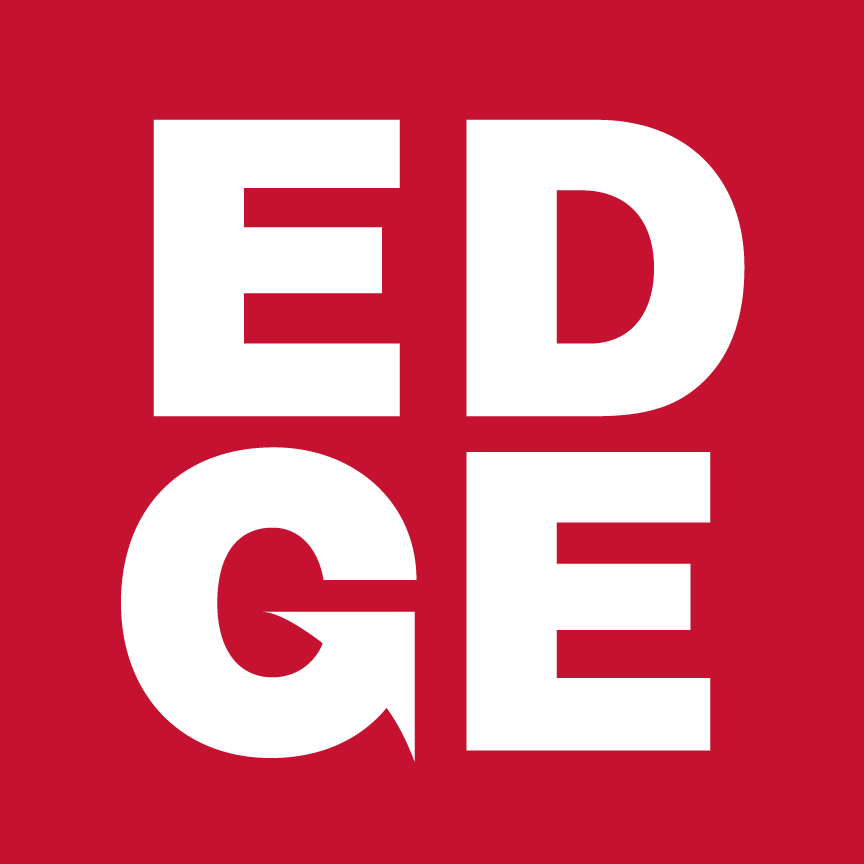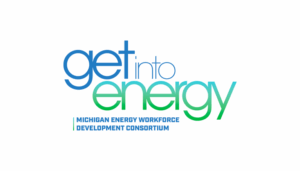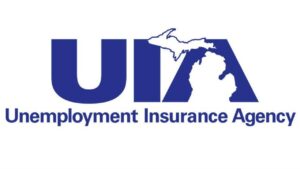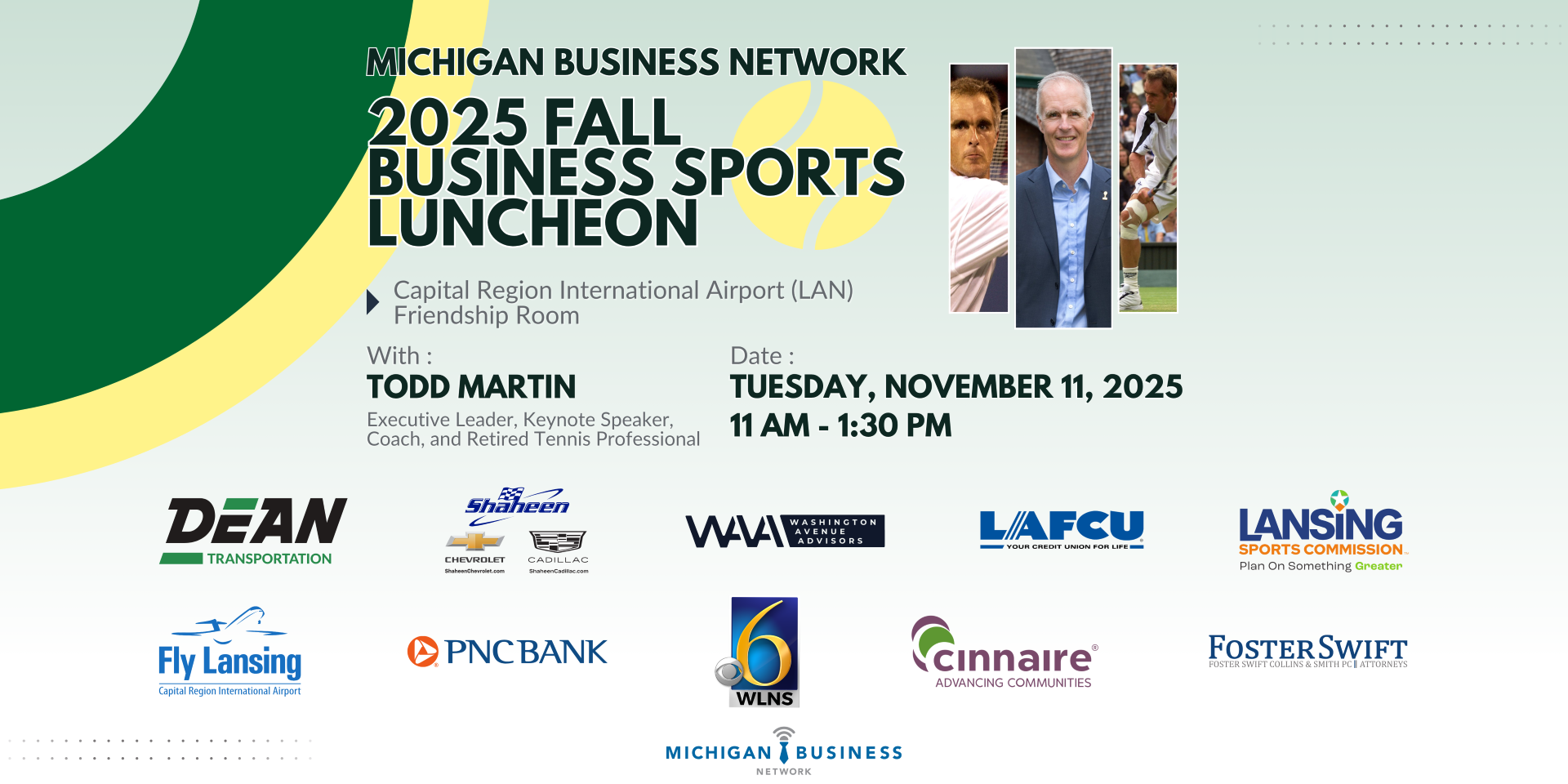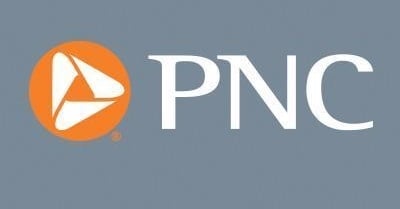 Consumer Spending Flat; Inflation Slowed from April
Consumer Spending Flat; Inflation Slowed from April
- Personal income fell 2% in May as government transfer payments declined. It is still well above its pre-pandemic level.
- Consumer spending was flat over the month, but it is also well above its pre-pandemic level.
- Inflation slowed from April to May. Inflation has picked up in 2021, but that will prove temporary.
- Consumer spending will drive economic recovery this year and next.
Personal income fell 2.0% in May from April as a 12% decline in government transfer payments offset a 1% increase in labor market income. After-tax income was down 2.3% over the month.
Personal income dropped an enormous 13% in April, but that followed an even larger 21% increase in March as the government distributed stimulus payments to many households. Household income has bounced up and down during the pandemic as the government has sent out stimulus payments in some months and also increased access to unemployment insurance and raised the level of benefits. But the key is that after-tax personal income in May 2021 was about 26% larger than it was in February 2020, before the pandemic, despite employment that is lower by 7.5 million. And households have about $2 trillion in excess saving that they will use to gradually fund spending as the economy gets back to normal.
Consumer spending was flat in May from April, after a 0.9% increase in April and a big 5.0% increase in March, when the bulk of the latest round of stimulus payments was distributed. Consumer spending in May was 5% above its pre-pandemic level. Spending on goods fell 1.3% in May from April, including a big 2.8% drop for durable goods. Services spending rose 0.7% over the month. Consumers have used their stimulus payments to buy big-ticket items like cars, appliances, and building materials. Now that the economy is reopening, they are shifting their spending to services that they have not been able to enjoy during the pandemic, like dining out and travel. Shortages of some products and higher prices are also weighing on purchases of durable goods.
With after-tax personal income down and spending flat, the saving rate dropped to 12.4% in May from 14.7% in April and 27.6% in March. The saving rate was around 7% before the pandemic. Households have a huge cushion of saving that will gradually spend down to fund their purchases over the next few years.
The personal consumption expenditures price index rose 0.4% in May from April, after large 0.6% increases in both March and April. The core PCE price index, excluding volatile food and energy prices, rose 0.5% in May, after a 0.7% increase in April.
On a year-ago basis the overall PCE price index was up 3.9% in May, with the core index up 3.4%. However, this is overstating inflation in the economy, because prices actually fell in the early stages of the pandemic last year as demand for many goods and services plummeted. The overall PCE price index was up a more reasonable 3.3% in May from February 2020, before the pandemic, with the core index up 3.1% over that same period.
After adjusting for inflation, after-tax personal income fell 2.8% in May, with consumer spending down 0.4%.
Consumer spending will drive a strong U.S. economic recovery throughout the rest of 2021 and all of 2022. With coronavirus cases falling quickly due to vaccinations, and with lots of household cash saved up from stimulus payments and limited opportunities to spend, consumer spending growth will be extremely strong. Spending growth will shift to services from goods as people feel more comfortable going out and states reduce and eliminate restrictions on economic activity. Other positives for consumer spending are extremely low interest rates and rising household wealth due to gains in stock prices and home values. The biggest drags are higher prices for some goods and services and shortages due to production bottlenecks.
Inflation has moved above the Federal Reserve’s 2% target. But the Fed wants to achieve 2% inflation on average, and inflation has been well below 2% on average for the past decade. Thus, the Fed is happy to see somewhat higher inflation. In addition, much of the increase in inflation is due to temporary factors. Some of it is due to comparisons with the spring of 2020, when prices were depressed because of the pandemic. And strong demand, supply problems, and labor shortages are leading to higher consumer prices in some sectors. But those should normalize over the rest of this year and inflation should slow as the economy continues to recover. PNC does not expect the Federal Open Market Committee to raise the federal funds rate until mid-2023.
The PNC Financial Services Group, Inc. is one of the largest diversified financial services institutions in the United States, organized around its customers and communities for strong relationships and local delivery of retail and business banking including a full range of lending products; specialized services for corporations and government entities, including corporate banking, real estate finance and asset-based lending; wealth management and asset management. For information about PNC, visit www.pnc.com.



